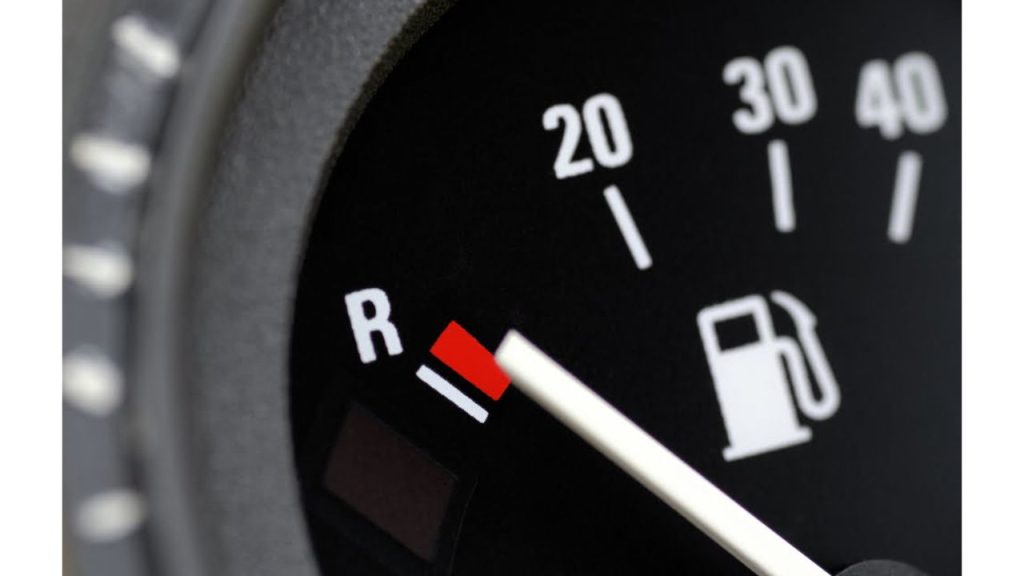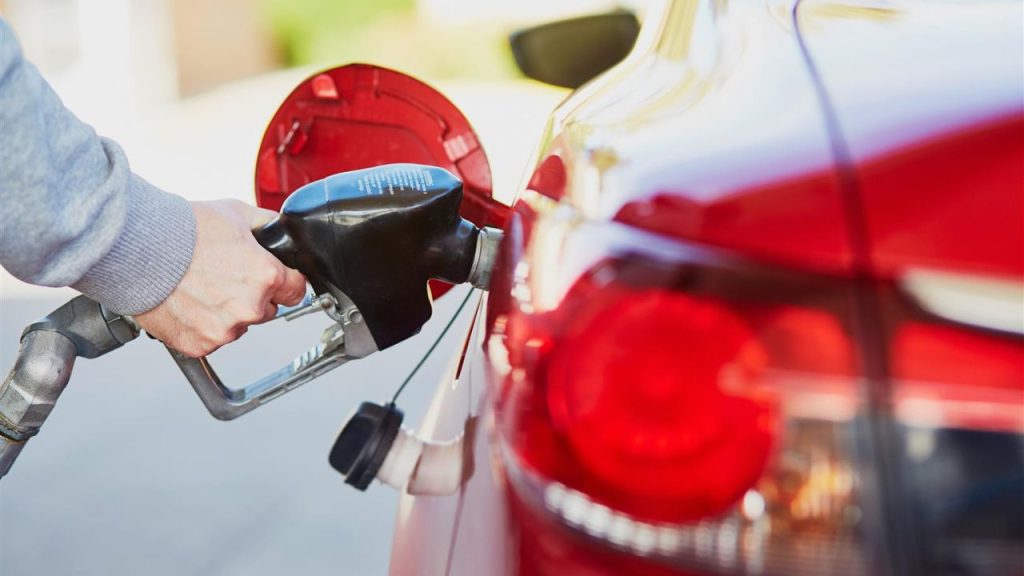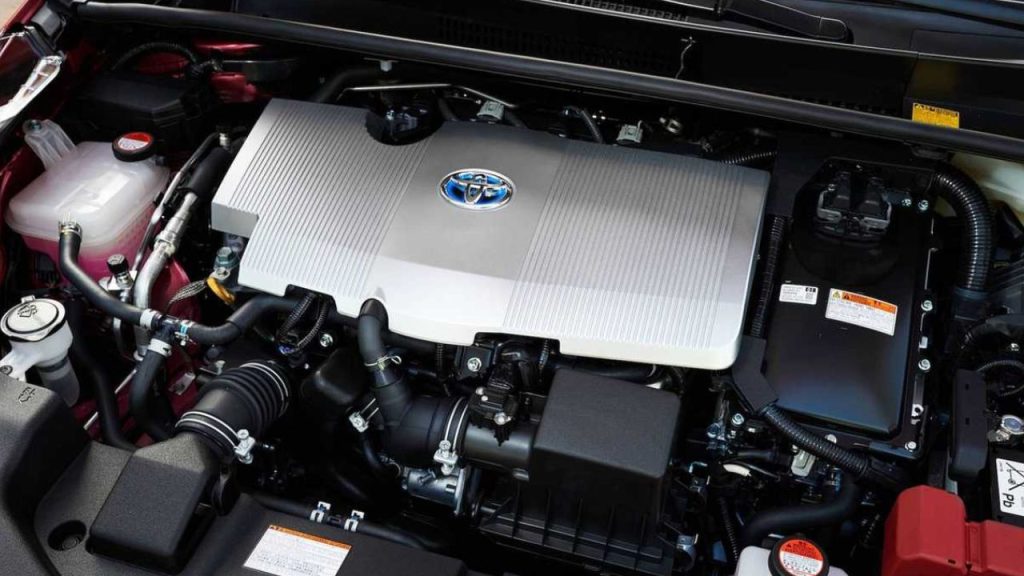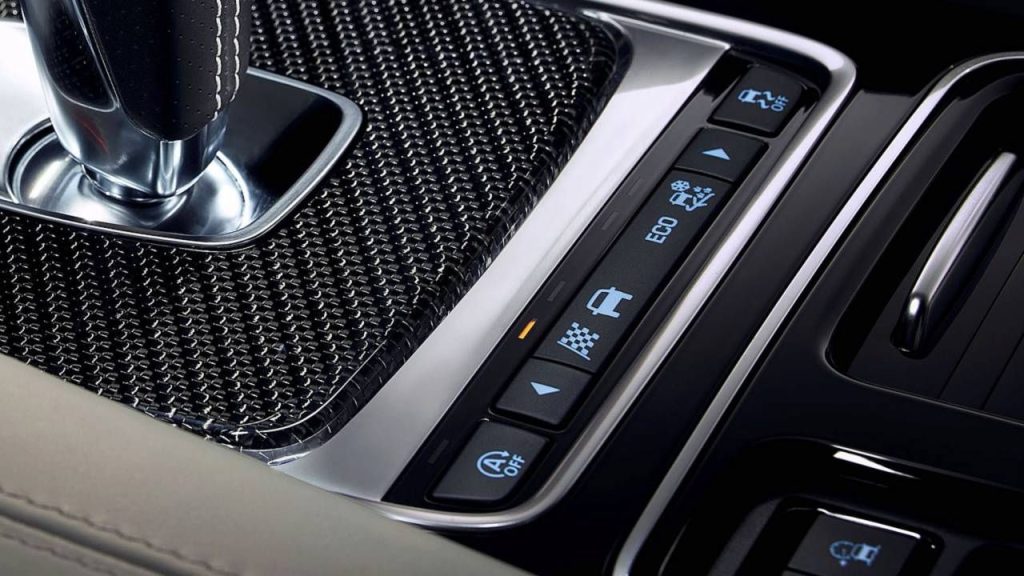6 Ways to Increase Your Vehicle Fuel Economy
Fuel economy is a crucial concern for vehicle owners worldwide. With rising fuel costs and growing environmental awareness, improving fuel efficiency has become a priority. By adopting various strategies, drivers can optimize their fuel consumption, save money, and reduce their carbon footprint. This article explores detailed ways to increase vehicle fuel economy, from driving habits to maintenance and modifications.
-
Smart Driving Habits
Your driving style significantly impacts your vehicle’s fuel efficiency. Adjusting your behavior on the road can lead to noticeable savings.
-
Drive Smoothly and Avoid Aggressive Driving
Sudden acceleration and hard braking waste fuel. Instead, drive smoothly by gradually accelerating and decelerating. Aggressive driving can reduce fuel economy by up to 30% on highways and 40% in city traffic.
-
Maintain a Consistent Speed
Using cruise control on highways helps maintain a steady speed, improving fuel economy. Fluctuating speeds cause the engine to work harder, increasing fuel consumption.
-
Avoid Idling
Idling consumes fuel unnecessarily. If you anticipate waiting for more than a minute, turn off the engine. Many modern vehicles come with start-stop technology, which automatically shuts off the engine when stationary.
-
Reduce Speed
Driving at excessive speeds increases aerodynamic drag and fuel consumption. Most vehicles achieve optimal fuel efficiency between 45–65 mph (70–105 km/h). Every 5 mph over 50 mph can cost an additional $0.20 per gallon.
-
Plan Efficient Routes
Avoid traffic congestion and road constructions by using GPS or traffic apps. A shorter and smoother route saves fuel by reducing stop-and-go driving.
-
Use Air Conditioning Wisely
Air conditioning increases engine load, reducing fuel efficiency. Use it sparingly and consider opening windows at lower speeds. However, at high speeds, closed windows reduce aerodynamic drag and improve efficiency.

-
Proper Vehicle Maintenance
A well-maintained vehicle operates efficiently, consuming less fuel. Regular check-ups and servicing are vital for optimal fuel economy.
-
Keep Tires Properly Inflated
Under-inflated tires increase rolling resistance, reducing fuel efficiency by up to 3%. Check tire pressure regularly and maintain the recommended PSI levels.
-
Use the Right Motor Oil
Using the manufacturer-recommended motor oil reduces friction in the engine, improving efficiency. Low-viscosity, high-quality synthetic oils can enhance fuel economy.
-
Replace Air Filters When Necessary
A clogged air filter restricts airflow, causing the engine to work harder. Although modern fuel-injected cars have sensors to adjust for this, replacing dirty filters can still help overall vehicle performance.
-
Maintain the Fuel System
Deposits in fuel injectors can affect combustion efficiency. Use high-quality fuel and consider periodic fuel system cleaning to maintain optimal performance.
-
Regularly Check and Replace Spark Plugs
Worn-out spark plugs cause incomplete combustion, leading to fuel wastage. Follow the manufacturer’s recommendations for replacement intervals.
-
Ensure Proper Wheel Alignment
Misaligned wheels cause uneven tire wear and increased rolling resistance, negatively impacting fuel efficiency. Get wheel alignment checked regularly, especially after hitting potholes or curbs.
-
Reduce Engine Load
Unnecessary accessories, such as roof racks or heavy modifications, increase aerodynamic drag and weight, reducing fuel efficiency. Remove them when not in use.

-
Fuel-Saving Modifications and Technologies
Several vehicle modifications and technologies enhance fuel economy.
-
Install a Fuel-Efficient Engine Tuner
Engine tuners optimize the air-fuel ratio, ignition timing, and throttle response, improving fuel economy. Ensure compatibility with your vehicle before installation.
-
Use Low Rolling Resistance Tires
These tires minimize energy loss due to friction with the road, improving fuel efficiency by up to 4%. They are widely available for various vehicle types. Click here
-
Upgrade to a More Efficient Exhaust System
A performance exhaust system with less backpressure allows the engine to breathe better, improving combustion efficiency.
-
Utilize Start-Stop Technology
Many modern vehicles automatically shut off the engine when stopped, saving fuel in traffic. If your car lacks this feature, manually turning off the engine during long stops helps.
-
Install an Aerodynamic Body Kit
Wind resistance affects fuel consumption. Installing aerodynamic modifications like a front air dam or rear spoiler reduces drag, improving fuel efficiency.
-
Use Synthetic Lubricants
Synthetic transmission fluids and gear oils reduce friction, helping the drivetrain operate more efficiently and improving fuel economy.

-
Fuel-Saving Driving Strategies for Different Conditions
-
City Driving Tips
Avoid stop-and-go traffic whenever possible. Anticipate red lights and coast to a stop instead of braking hard. Use navigation apps to find less congested routes.
-
Highway Driving Tips
Use cruise control to maintain a constant speed. Always keep windows closed at high speeds to reduce aerodynamic drag. Avoid unnecessary lane changes, which may require acceleration.
-
Cold Weather Driving Tips
Warm up the engine for only 30–60 seconds before driving. Use a block heater in extreme cold to reduce fuel consumption at startup. Drive gently until the engine reaches optimal operating temperature.
-
Hot Weather Driving Tips
Park in shade to reduce the need for air conditioning. Ventilate the car before driving to remove hot air. Use sunshades to keep the interior cool.

-
Choosing the Right Fuel and Vehicle Type
-
Use the Recommended Fuel Grade
Using premium fuel in a car designed for regular gasoline doesn’t improve fuel economy. Follow the manufacturer’s fuel recommendations.
-
Consider Hybrid or Electric Vehicles
Hybrid vehicles use regenerative braking and electric assistance, significantly improving fuel efficiency. Fully electric vehicles eliminate fuel consumption altogether.
-
Option for a Smaller, More Fuel-Efficient Vehicle
Larger engines and heavier vehicles consume more fuel. Choosing a fuel-efficient model based on your driving needs can lead to long-term savings.
-
Monitor Fuel Consumption
Keeping track of your vehicle’s fuel economy through apps or built-in displays helps identify areas for improvement.
-
Alternative Transportation Methods
Sometimes, the best way to save fuel is to reduce vehicle usage altogether.
-
Carpooling and Ridesharing
Sharing rides with others reduces the number of vehicles on the road, lowering overall fuel consumption.
-
Public Transportation
Using buses, trains, or subways for commuting can significantly cut fuel expenses. Click here
-
Cycling and Walking
For short trips, biking or walking is not only fuel-free but also beneficial for health.
-
Telecommuting
If possible, working from home eliminates the need for daily commuting, reducing fuel usage.
Conclusion
Improving vehicle fuel economy requires a combination of good driving habits, proper maintenance, and strategic modifications. By adopting these techniques, drivers can reduce fuel costs, extend vehicle lifespan, and minimize environmental impact. Whether by adjusting driving behavior, maintaining the vehicle, or considering alternative transportation, every effort contributes to a more fuel-efficient future.

